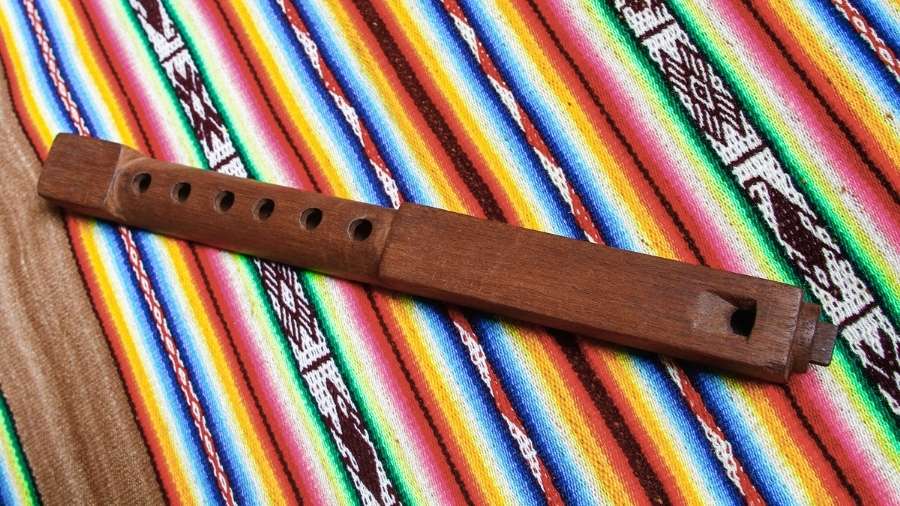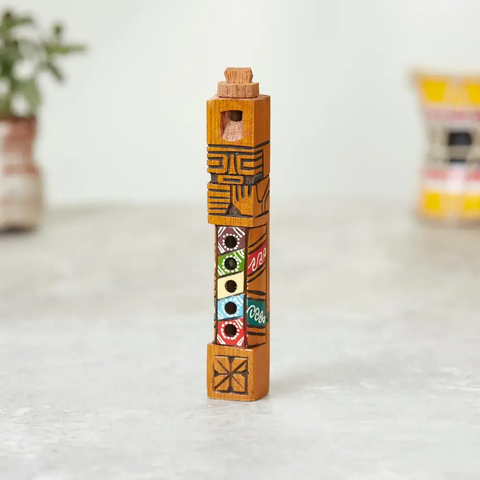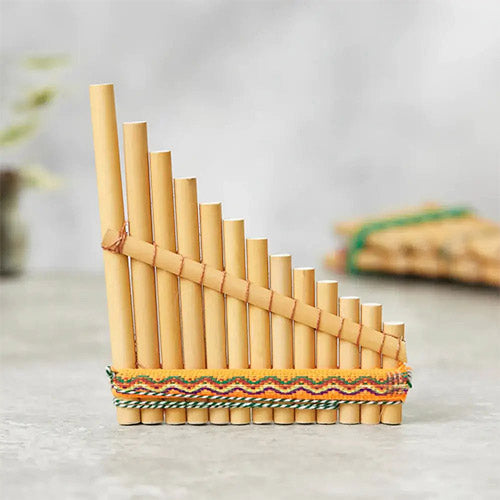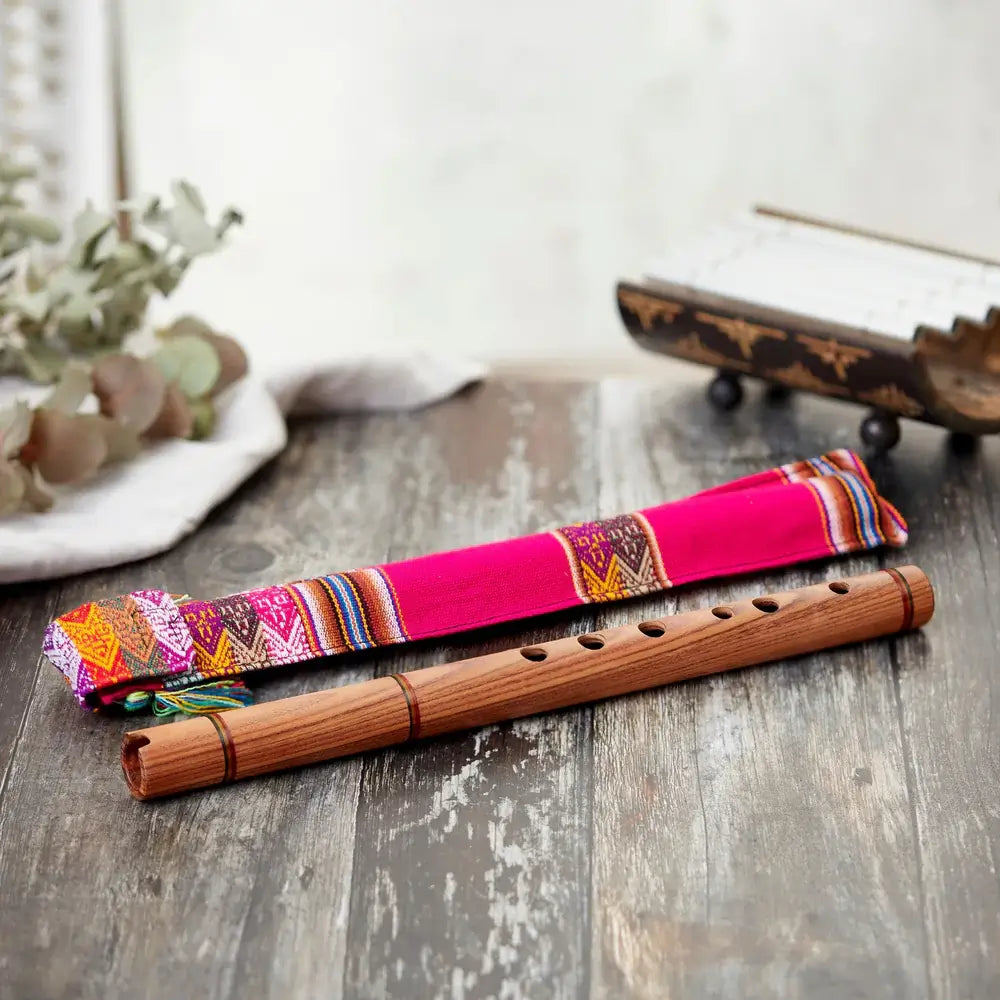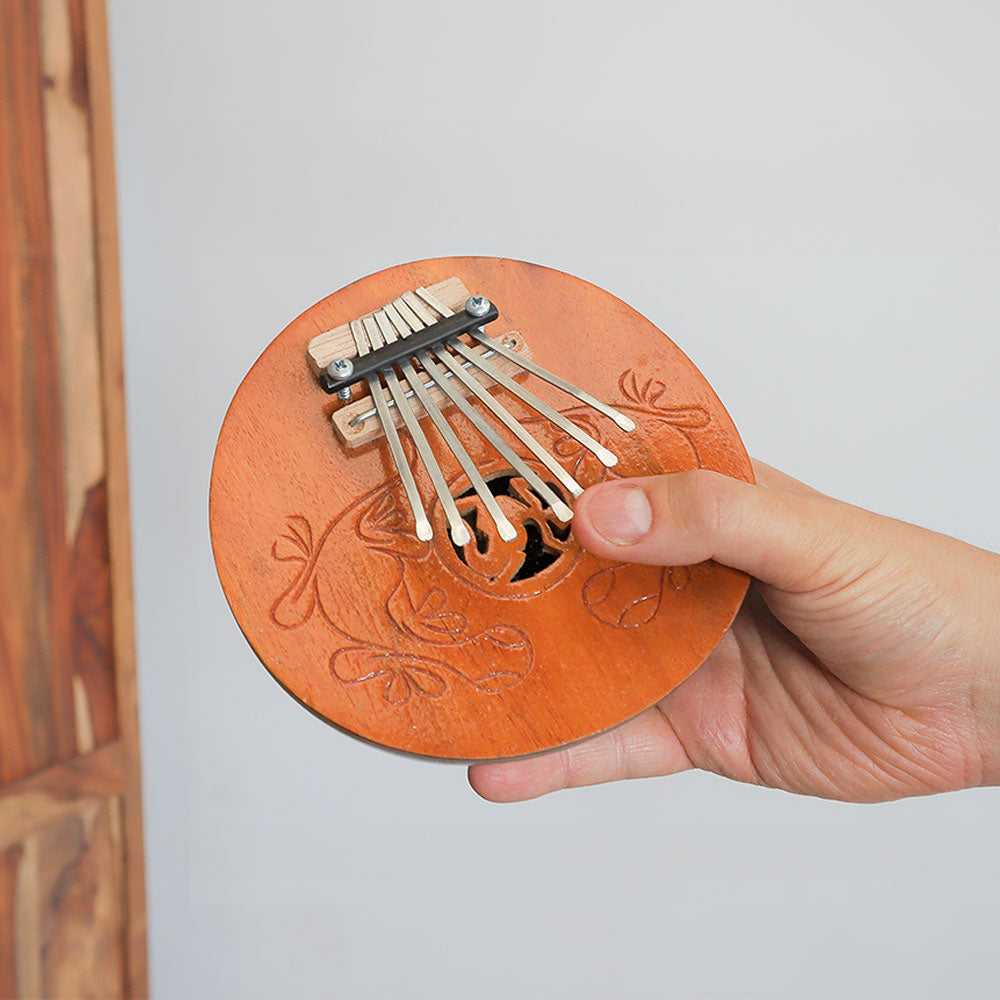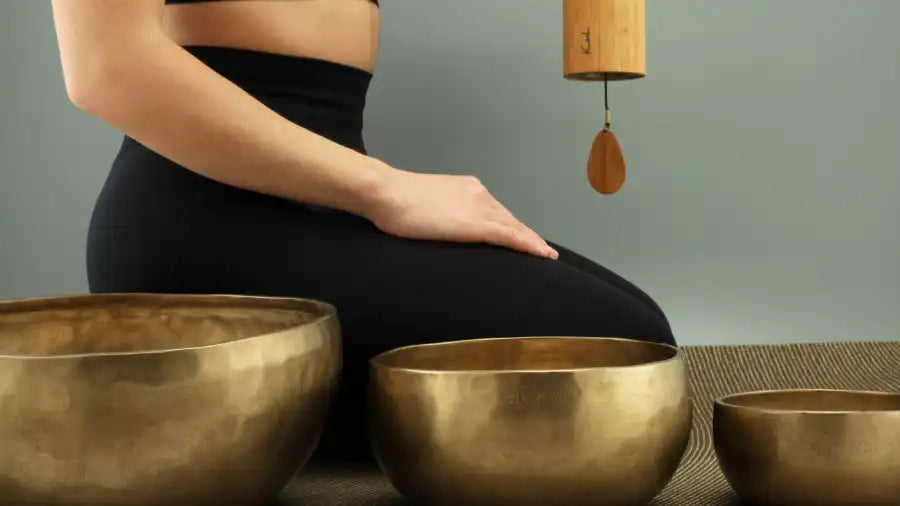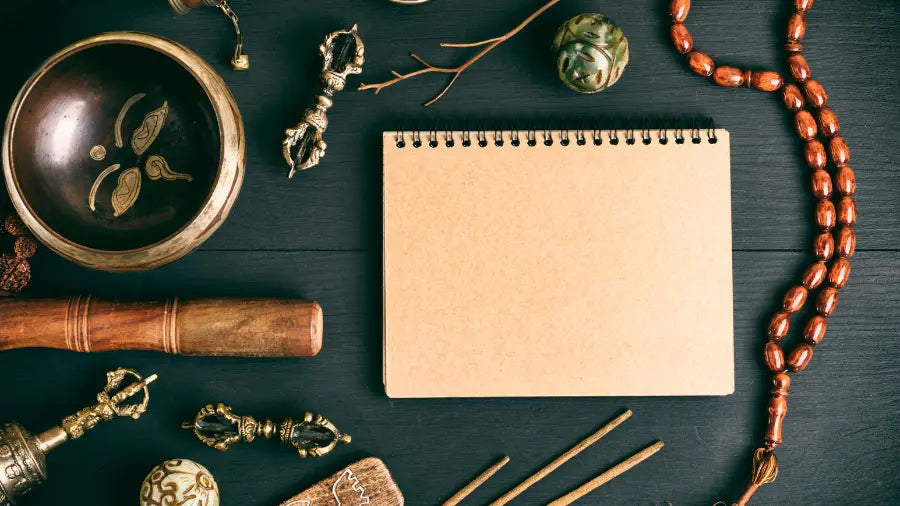The Peruvian Tarka flute is a beautiful instrument with a sound like no other. Dating back to the Inca civilization, this end-blown flute was an important part of Andean music in everyday life and celebrations. Ready to learn how to play it? Let’s explore the unique sounds of the Tarka flute.
Anatomy of the Peruvian Tarka Flute
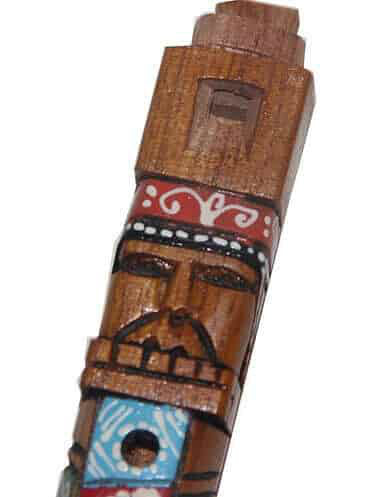
The Peruvian Tarka flute is a unique instrument with a special design that makes it stand out from other flutes. It usually has a long, cylindrical body made from materials like wood, bamboo, or ceramic. At the top, there’s an embouchure hole, which is where the player blows air to create sound, along with several finger holes that let players produce a wide range of notes. The combination of these features allows for expressive melodies unique to the Tarka flute.
Getting started with the Tarka Flute
When it comes to learning to play the tarka flute, the first thing you will need to learn is how to hold the instrument correctly and how to position it. You will want to hold it with two hands with your fingers close to the note holes so that you are ready to cover the note hole after blowing. To make a sound with the instrument, you will need to put the wooden mouthpiece onto your lips and blow.
We recommend experimenting with different pressures to find what works best for you as each person has a different playing style. You can blow soft or hard with a long sustain or short sustain. A common technique for playing flutes and whistles is to blow the air in bursts expressing a specifc syllable like the 'p' sound.
This can make your playing sound smooth and can also help keep each note seperated. When you are confident that you are holding the instrument correctly and are blowing air consistently every time we can then move on to finding your way around the instrument and can explore the basic music theory behind it.
Basic Music Theory for Playing the Tarka Flute
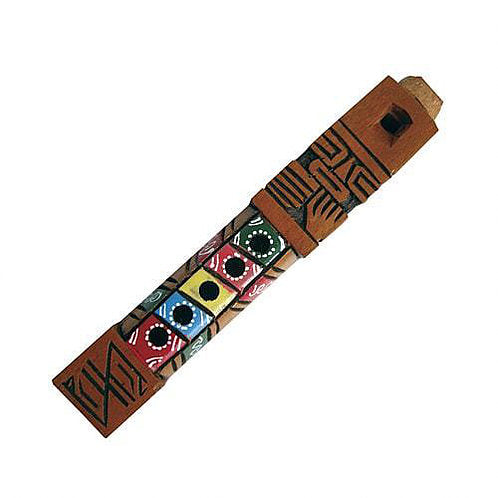
To be able to fully appreciate the Tarka flute, it’s important to have a basic understanding of the music theory. To develop this understanding you will need to learn where the notes are positioned and which holes to cover. Instead of just telling you the where the notes are, we want to set you up for success so that you can apply this technique to any flute that you play.
Aside from playing different songs, you will want to also learn rhythm and timing. This is made easier when you are playing a song that you recognise and when you know the melody well. Now that you have gained the basics of playing the tarka flute, you can practice daily and before you know it you will be able to play advanced pieces and even traditional Peruvian music.
Learning the Notes and Scales
If you download a tuning app on your mobile phone or use a tuning tool you can play a specific note and it will tell you the name of the note. Go through every note one at a time to identify which note is which. Once you understand which note is where you will be able to start playing different songs. For that we would recommend starting with simple nursery rhyme melodies. We have easy sheet music available for download on our website so that you can get started straight away!
Learning Different Playing Techniques
The Tarka flute allows expressive techniques like vibrato, trills, and glissandos. Practising these adds emotion and variety to your playing.
Tips for Practicing and Improving Your Skills
Practice daily, even briefly. Mix technical work, improvisation, and Peruvian tunes. Seek tips from experienced players when possible.

